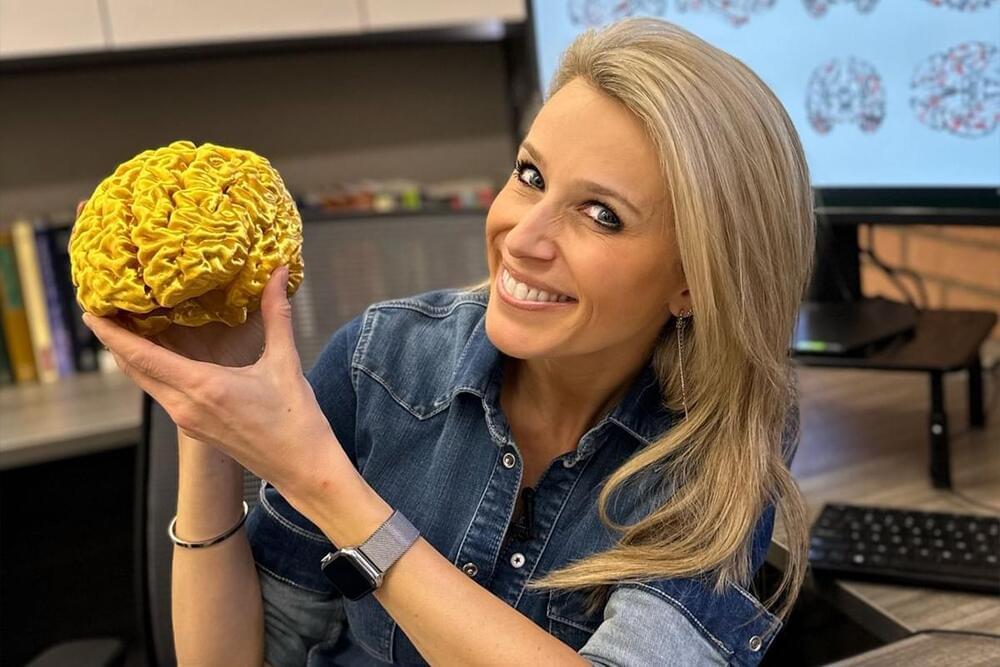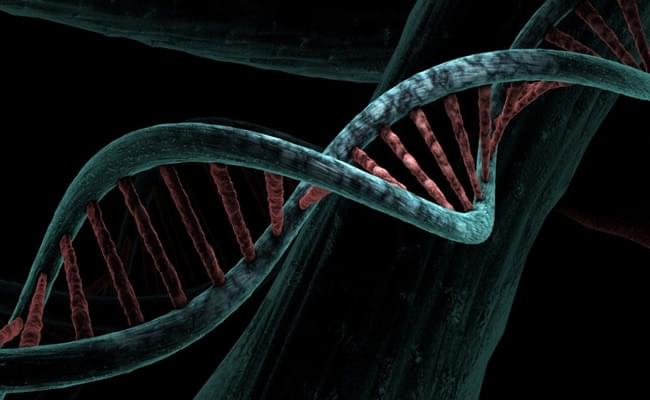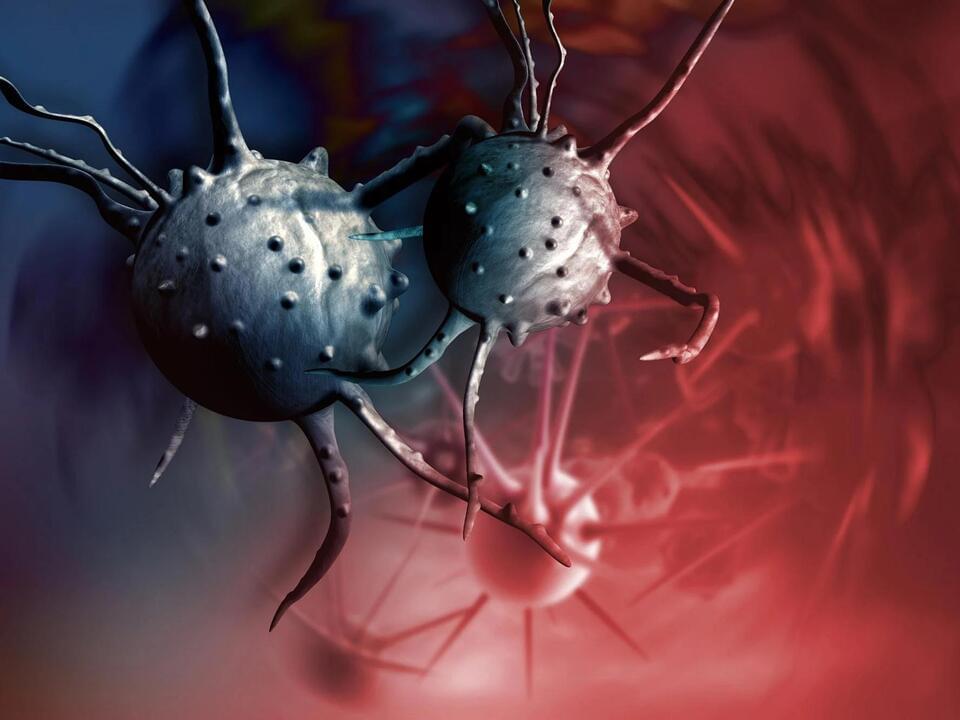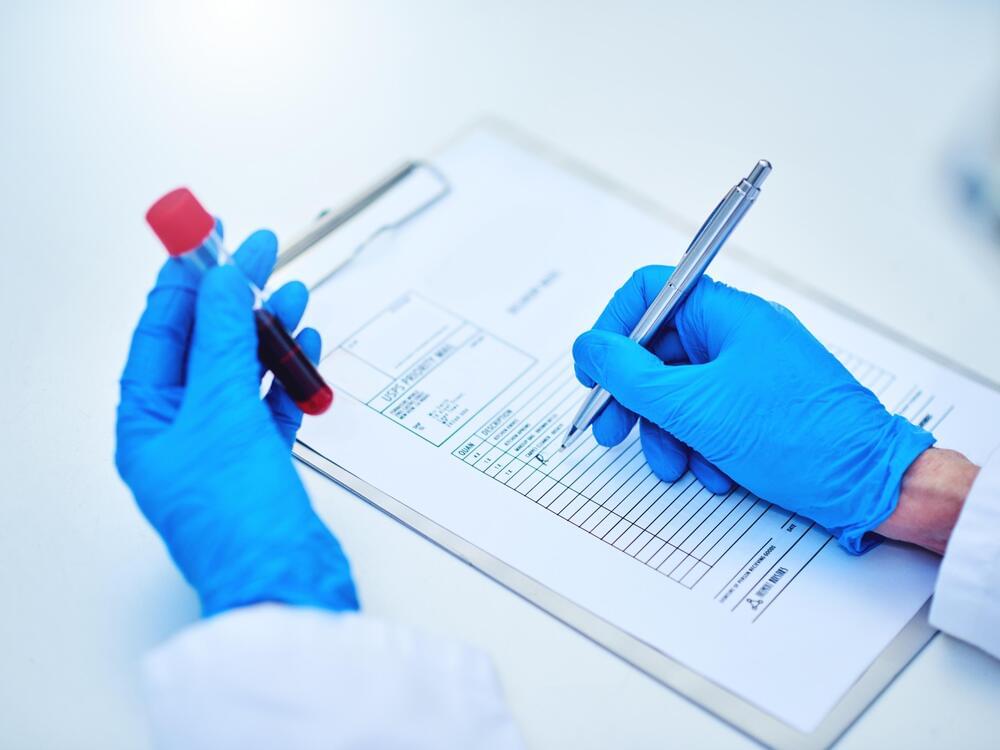Some systems are still down, but medical staff can now use the computer system for patient care after almost four weeks.



“Testing people early, so early interventions are possible, is key to longevity,” she says. “Technology, data and AI, and what we’re starting to be able to do with it, are propelling us to a time of greater understanding which will foster earlier, more effective treatment. Or perhaps even therapies that can delay neurodegenerative diseases, pushing back dementia to beyond our lifespan.”
Mind Over Matter goes out on 29th and 30th June on BBC News and 30th June on BBC One.
Lara Lewington will be hosting a Fireside Chat on AI drug discovery with Alex Zhavoronkov at next week’s Founders Longevity Forum. Register your interest to discover how AI is accelerating drug discovery, commercialization and licensing models HERE.

In what they believe is a solution to a 30-year biological mystery, neuroscientists at Johns Hopkins Medicine say they have used genetically engineered mice to address how one mutation in the gene for the light-sensing protein rhodopsin results in congenital stationary night blindness.
The condition, present from birth, causes poor vision in low-light settings.
The findings, published May 14 in Proceedings of the National Academy of Sciences, demonstrate that the rhodopsin gene mutation, called G90D, produces an unusual background electrical “noise” that desensitizes the eye’s rods, those cells in the retina at the back of the eye responsible for nighttime vision, thus causing night blindness.

Scientists from Nagoya University in Japan have identified the role of serotonin neurons in linking glucose availability to reproductive health. Their research demonstrates how elevated glucose levels stimulate serotonergic neurons, leading to the release of serotonin, which in turn activates kisspeptin neurons responsible for reproductive hormone release. These findings explain why poor nutrition affects fertility and suggest potential treatments for depression-induced infertility through the use of selective serotonin reuptake inhibitors (SSRIs). Credit: SciTechDaily.com.
Scientists from Nagoya University in Japan have clarified the connection between energy levels and fertility in both animals and humans. They discovered that signaling from serotonin neurons plays a crucial role in maintaining reproductive function by detecting glucose availability, which in turn enhances the release of the reproductive hormone gonadotropin. These findings also offer an explanation for the reduced fertility seen in individuals with depression and suggest potential treatments. The study was published in Scientific Reports.
People who lack sufficient nutrition encounter problems with their reproductive health. For example, ballet dancers can experience menstrual disruptions, and women who fast can struggle to conceive. According to a new study led by Designated Associate Professor Sho Nakamura and Professors Hiroko Tsukamura and Satoshi Ohkura, one of the main factors that affect a person’s reproductive health is glucose availability.



Understanding aging and age-related diseases requires analyzing a vast number of factors, including an individual’s genetics, immune system, epigenetics, environment and beyond. While AI has long been touted for its potential to shed light on these complexities of human biology and enable the next generation of healthcare, we’ve yet to see the emergence of tools that truly deliver on this promise.
Leveraging advanced plasma proteomics, US startup Alden Scientific has developed AI models capable of making the connections needed to accurately assess an individual’s state of health and risk of disease. The company’s tool measures more than 200 different conditions, including leading causes of morbidity and mortality such as Alzheimer’s, heart disease, diabetes and stroke. Significantly, its models also enable an individual to understand how an intervention impacts these risks.
With a host of top Silicon Valley investors among its early adopters, Alden is now using its platform to conduct an IRB-approved health study designed to provide a “longitudinal understanding of the interplay between environmental, biological, and medical data.”

Through the looking glass: Researchers now have a way to conduct experiments on biological neurons in vitro. These human brain organoids – there are 16 in total – are aimed at developing the world’s first living processor and can be accessed remotely through an online platform for $500 a month if you are a university or educational institution.
The platform was developed by FinalSpark, a Swiss biocomputing startup, which reports that three dozen universities have expressed interest in using their platform. FinalSpark highlights the significant energy savings it could offer in the training and operation of large artificial neural networks, such as those used in large language models. However, this achievement is still a ways off: the project is just in its beginning phases, and co-founder Fred Jordan states that such an ambitious goal can only be achieved through international collaboration.
The biological component uses forebrain organoids derived from human induced pluripotent stem cells. These organoids can survive for years and contain neurons, oligodendrocytes, and astrocytes characteristic of the forebrain region, according to a paper published in the scientific journal Frontiers.
For decades, the study of genetic disease was focused on genes that code for protein. But scientists have now identified a novel neurodevelopmental disorder that is caused by mutations in a gene that does not code for protein, called RNU4-2. These mutations lead to neurological symptoms that cause cognitive dysfunction, but have not previously been linked together as one disease. These findings have been reported in Nature Medicine.
In this work, the investigators analyzed whole-genome sequencing data from over 5,000 cases of intellectual disability and over 46,000 unaffected individuals. The research focused on unusual variations in the sequences of 41,132 genes that do not code for protein. The research revealed a gene that is apparently a common cause of neurodevleopmental problems. The scientists also determined that these mutations often arise spontaneously, and are not usually inherited from a parent.

Researchers at NCI and Memorial Sloan Kettering Cancer Center have developed an artificial intelligence (AI) tool that uses routine clinical data to predict whether someone’s cancer will respond to immune checkpoint inhibitors, a type of immunotherapy drug that helps immune cells kill cancer cells.
AI tool uses routine clinical data to predict whether someone’s cancer will respond to immune checkpoint inhibitors.